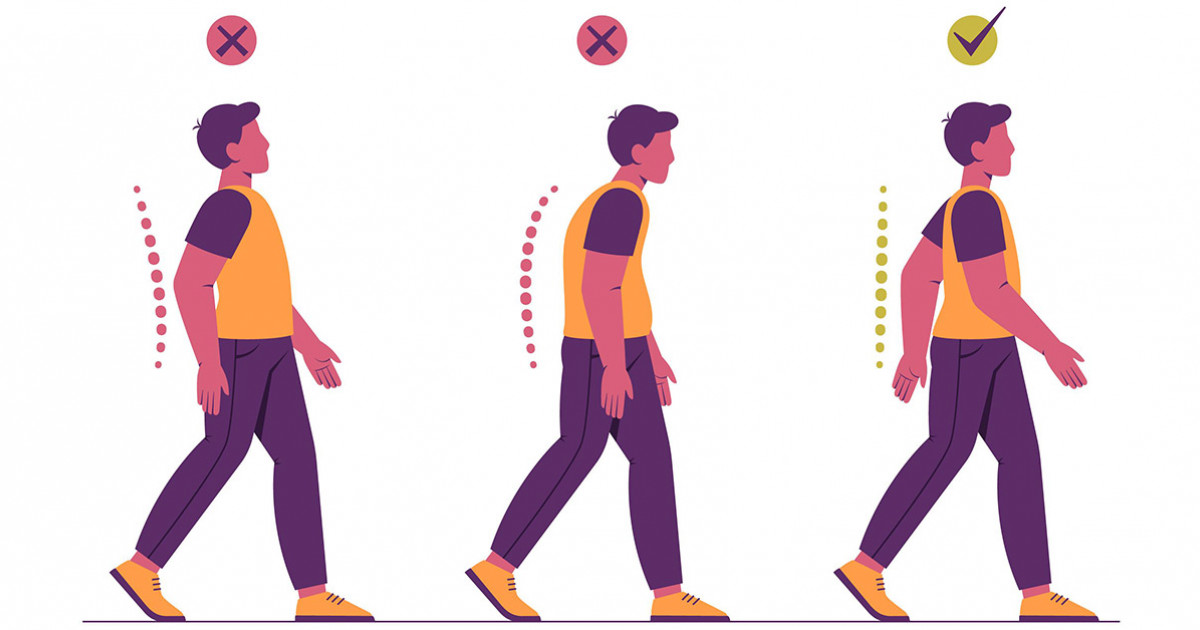Back pain is a common ailment that affects millions of people around the world. Whether it’s a dull ache or a sharp sensation, back pain can significantly impact one’s quality of life. While there are various approaches to managing back pain, physical therapy has emerged as a highly effective and holistic option. In this article, we will delve into the ways in which physical therapy can alleviate back pain and help individuals regain their mobility and comfort.
Understanding Back Pain

Before we explore the role of physical therapy, it’s important to understand the factors that contribute to back pain. Sedentary lifestyles, poor posture, muscle imbalances, and injuries are just a few of the culprits that can lead to back pain. The spine, consisting of vertebrae, discs, muscles, and ligaments, requires a delicate balance to function properly. When this balance is disrupted, discomfort and pain can arise.
Holistic Assessment and Tailored Treatment
One of the significant advantages of physical therapy is its personalized approach to treatment. Each individual’s back pain is unique, and physical therapists perform a comprehensive assessment to identify the root causes. This assessment involves evaluating posture, range of motion, muscle strength, and any potential areas of concern. Based on this assessment, a tailored treatment plan is created to address the specific needs of the patient. It’s best to find someone in your neighborhood so that you don’t need to travel far for treatment. Whether you’re looking for a Norwalk physical therapy office or you need to find one closer to Darien or Stamford, a quick online search can help you find one that specializes in back pain.
Targeted Exercises for Muscle Strengthening

Muscle imbalances often play a pivotal role in back pain. Physical therapists prescribe targeted exercises that focus on strengthening specific muscle groups to restore balance and alleviate strain on the spine. These exercises may include core-strengthening routines, lumbar stabilization exercises, and flexibility training. By gradually improving muscle strength and flexibility, patients experience reduced pressure on the spine, leading to decreased pain and improved functional capacity.
Improving Posture and Body Mechanics
Modern lifestyles often involve prolonged sitting and poor posture, which can contribute to back pain. Physical therapists educate patients about proper body mechanics and posture. Through practical demonstrations and guidance, patients learn how to maintain a neutral spine during various activities. This not only helps in reducing immediate discomfort but also prevents future occurrences of back pain.
Manual Therapy
Manual therapy is a cornerstone of physical therapy for back pain relief. Skilled physical therapists employ various hands-on techniques to manipulate soft tissues and joints. These techniques may include joint mobilization, soft tissue massage, and myofascial release. Manual therapy not only provides immediate relief but also enhances blood circulation, relaxes tense muscles, and improves overall tissue health.
Tailored Stretching Routines for Flexibility

Flexibility is crucial for maintaining a healthy back and preventing pain. Physical therapists create customized stretching routines to improve flexibility and reduce muscle tension. These routines target specific muscle groups that may be contributing to the patient’s back pain. By incorporating regular stretching into their routine, patients can experience an increased range of motion, reduced stiffness, and diminished pain.
Pain Education and Coping Strategies
Physical therapy goes beyond the physical aspects of back pain; it also addresses the psychological and emotional dimensions. Patients are educated about the nature of their pain, its triggers, and potential aggravators. This knowledge empowers them to understand their condition better and make informed choices. Additionally, physical therapists introduce coping strategies and relaxation techniques that help patients manage pain and stress, enhancing their overall well-being.
Gradual Progression and Functional Rehabilitation
Recovery from back pain is a journey that requires patience and consistent effort. Physical therapists guide patients through a gradual progression of exercises and activities. As the patient’s strength and endurance improve, the intensity of the exercises is adjusted to match their evolving capabilities. This approach ensures that patients not only recover effectively but also regain their functional abilities for daily activities and hobbies.
Elevate Recovery with Functional Movement Training

Physical therapists are increasingly weaving in functional movement training alongside traditional exercises in their therapeutic strategies. Instead of just focusing on isolated exercises, this holistic approach hones in on enhancing one’s ability to conduct day-to-day tasks. Imagine refining your posture as you bend, optimizing your technique while lifting, or ensuring safety during a twist – these are precisely the movements this training covers. It translates the therapeutic gains directly into daily life, enabling patients to move effortlessly and without pain, significantly reducing the risk of recurrent injuries.
But there’s more to back pain relief than just movement. A multifaceted strategy, involving collaboration with nutritionists and mental health experts, can elevate the healing process. Factors like proper nutrition, stress-coping mechanisms, and emotional health are intricately linked with back pain. Addressing these aspects in tandem with physical therapy promises not just immediate relief but a robust foundation for lasting back health.

Preventing Recurrences
Beyond immediate relief, physical therapy offers long-term benefits in preventing the recurrence of back pain. By addressing the underlying causes, strengthening muscles, and improving posture, patients are equipped with the tools to maintain a healthy spine. Physical therapists often provide home exercise programs and lifestyle recommendations that patients can integrate into their daily lives to sustain the progress achieved during therapy.
Collaborative Approach and Patient Engagement
Successful physical therapy for back pain is a collaborative effort between the patient and the physical therapist. Open communication and active patient engagement play a pivotal role in achieving optimal results. Patients are encouraged to ask questions, share their concerns, and actively participate in their treatment plan. This partnership fosters a sense of ownership over their recovery journey, leading to more effective outcomes.



